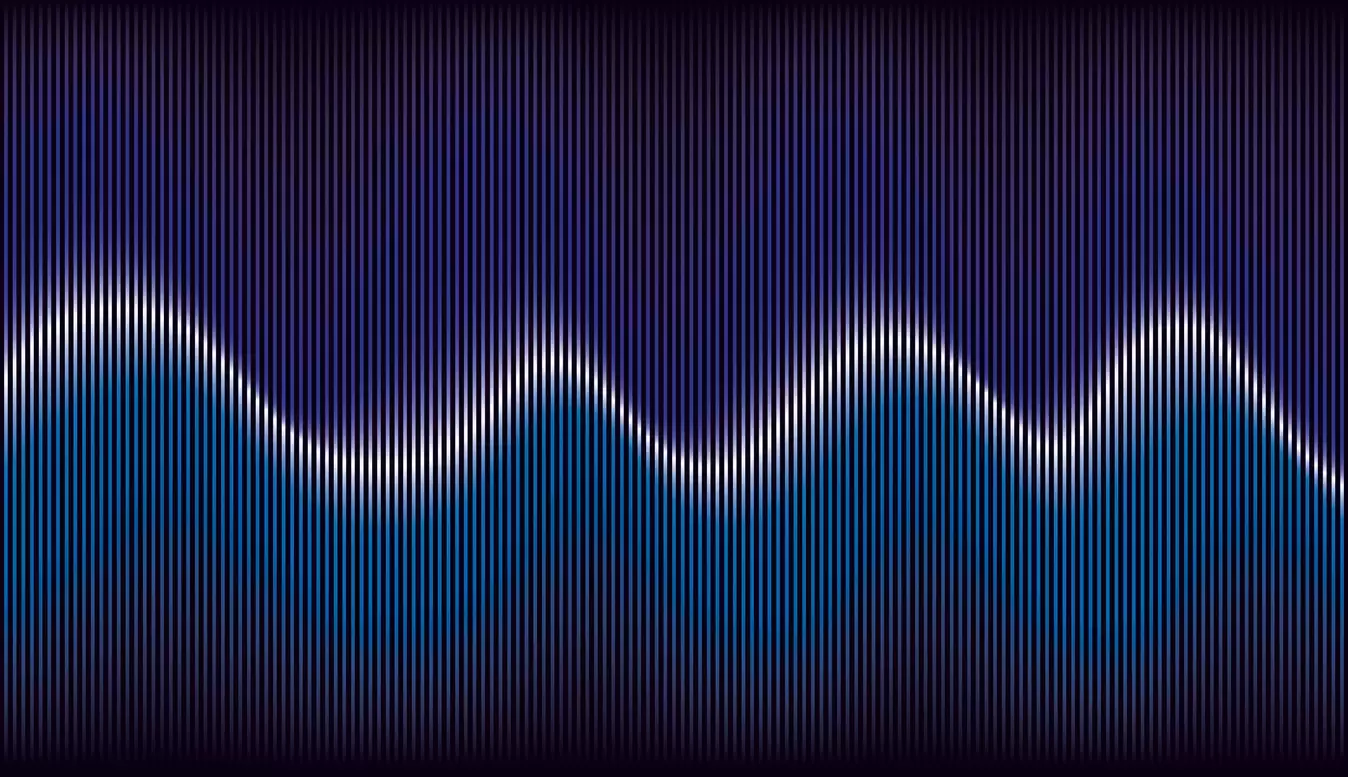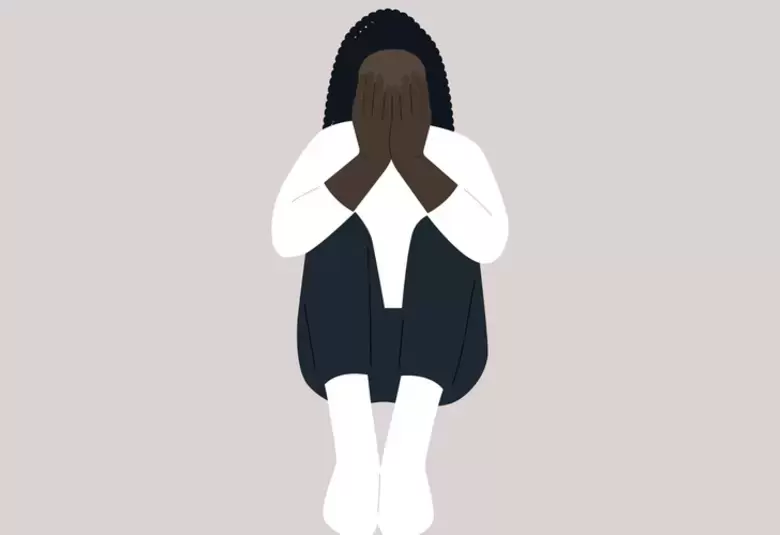
The spectrum of medication overuse headache risk factors and treatments
What makes migraine worse? A plenary session at the AHS hybrid meeting 2022 addressed exactly this question. Professor Todd J. Schwedt of the Mayo Clinic Arizona, Phoenix, considered medication overuse headache (MOH) and the vast range of possible risk factors and treatment options, and how even the definition itself could be a gray area.
Medication overuse (MO) may be defined as use of acute or symptomatic headache medication for at least 10 or 15 days per month (depending on medication type).1 It is important to remember that this includes medication taken for other reasons on non-headache days.2
Two-thirds of chronic migraine patients had medication overuse yet did not meet MOH criteria2
MOH requires at least 15 headache days per month per the ICHD-3 definition,1 but not all patients with MO reach this threshold. In the Chronic Migraine Epidemiology and Outcomes (CaMEO) study, 67.9% of respondents with MO had fewer than 15 headache days per month.2 These patients may not be receiving optimal acute migraine treatment.
Genetic and environmental factors contribute to MOH
There is evidence that there are genetic factors in MOH, although there have not yet been many studies.3
Some changes in brain structure and function are common to MOH and addiction5
Patients with MOH are significantly more likely to have a family member who has suffered from substance abuse.4 Interestingly, MOH is associated with alterations in brain
structure and function that are similar to those seen in addiction.5 Some of these changes persist after the MOH has resolved, which may also point to a predisposition.5
In the Migraine in America Symptoms and Treatment (MAST) study of 13,649 patients with monthly headache treatment, there were numerous other risk groups for MO including:6
- treatment with triptans, opioids, barbiturates or ergots
- older age
- males
- higher BMI
- married people
- lower level of education
- smokers
Patients with MO were twice as likely to have depression and anxiety6
Patients with MO were also twice as likely to have depression and anxiety symptoms (39.5% versus 20.2%, p < 0.001).6
To withdraw or not to withdraw?
A couple of studies have examined different MOH treatment strategies. The MO Treatment Strategy (MOTS) trial included 720 patients with chronic migraine and MO.7 Patients were randomized to preventive medication with or without a switch from the overused medication to an alternative used up to 2 days per week.
Trials show no difference in most outcomes whether or not the overused medication is withdrawn immediately8
There was no difference in frequency of headaches, but the prevalence of MO in Weeks 9 to 12 was significantly lower in the group with switching (53% versus 73%, p < 0.001).7 Subgroup analyses showed those with MO of more than 23 days per 4 weeks may have better outcomes when switching, and those with higher baseline anxiety may do better when not switching.7
A similar trial found no difference in headache days per month, acute medication use, or headache intensity.8 However, withdrawal of treatment and use of preventive treatment had a significantly higher resolution of MOH than preventive treatment without withdrawal, or withdrawal with optional preventive treatment after 2 months.8
Behavioral interventions could help reduce monthly headache days9
Supporting patients out of MOH
Professor Schwedt pointed out the role that behavioral therapies could have in tackling MOH, particularly considering the high association with depression and anxiety. This was investigated in a recent randomized double-blind trial of 179 patients with MOH concealed within a larger trial.9
At 24 weeks, patients in the maximal intervention group had significantly fewer monthly days with acute medication than the minimal intervention group, but this was not seen at other timepoints.9
Our correspondent’s highlights from the AHS hybrid 2022 symposium are meant as a fair representation of the scientific content presented. The views and opinions expressed on this page do not necessarily reflect those of Lundbeck.
Internal ID: AU-HLU-0052. July 2022



